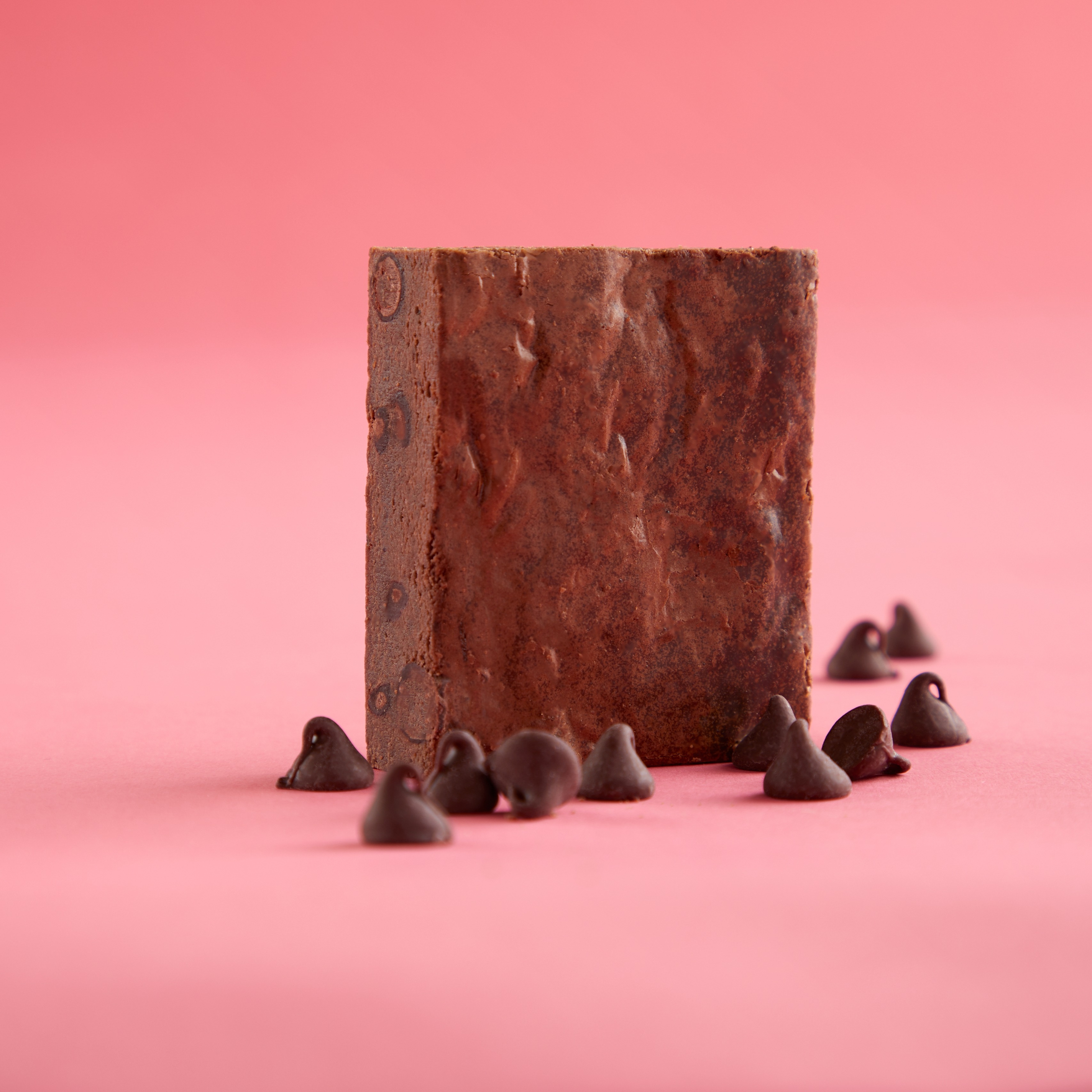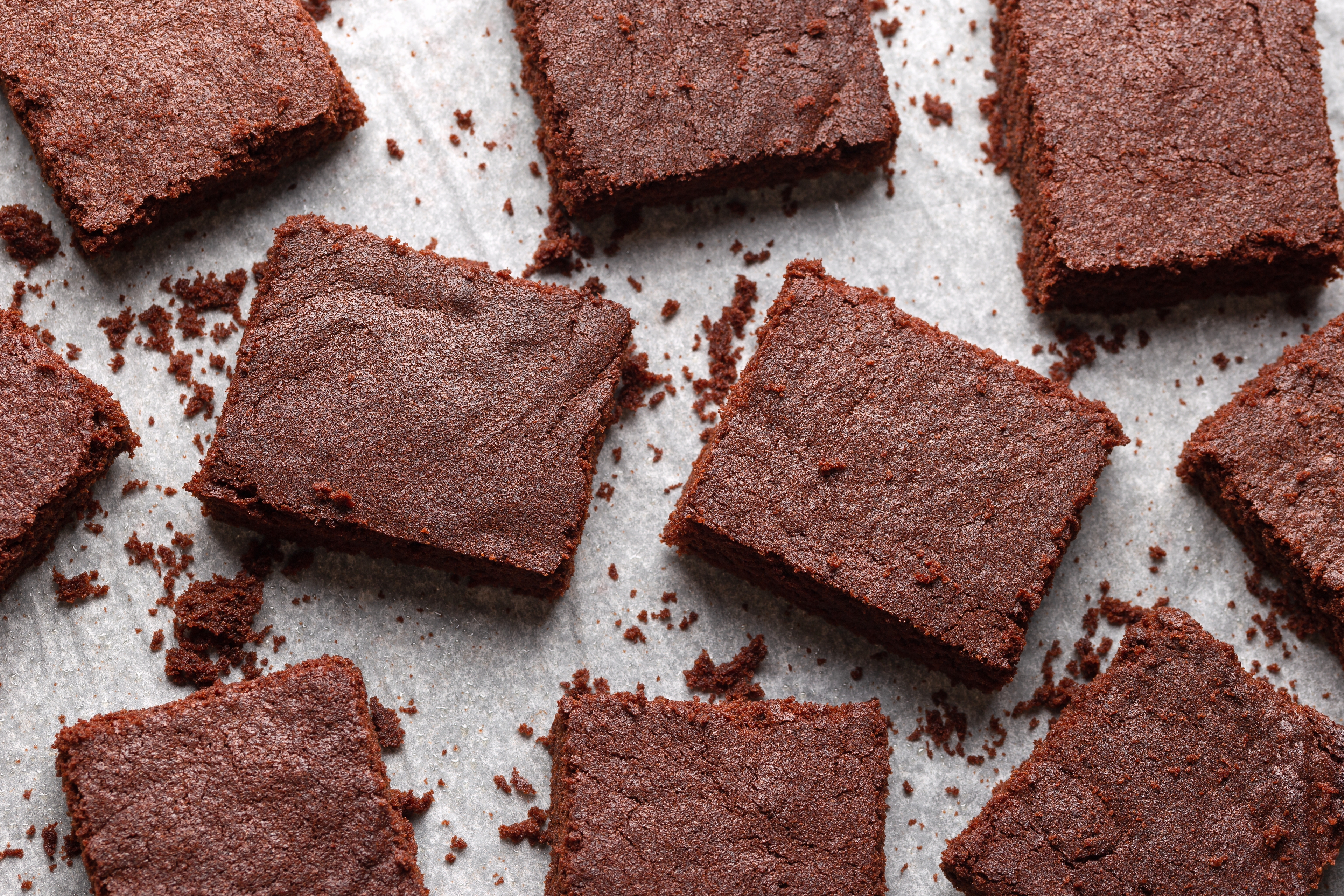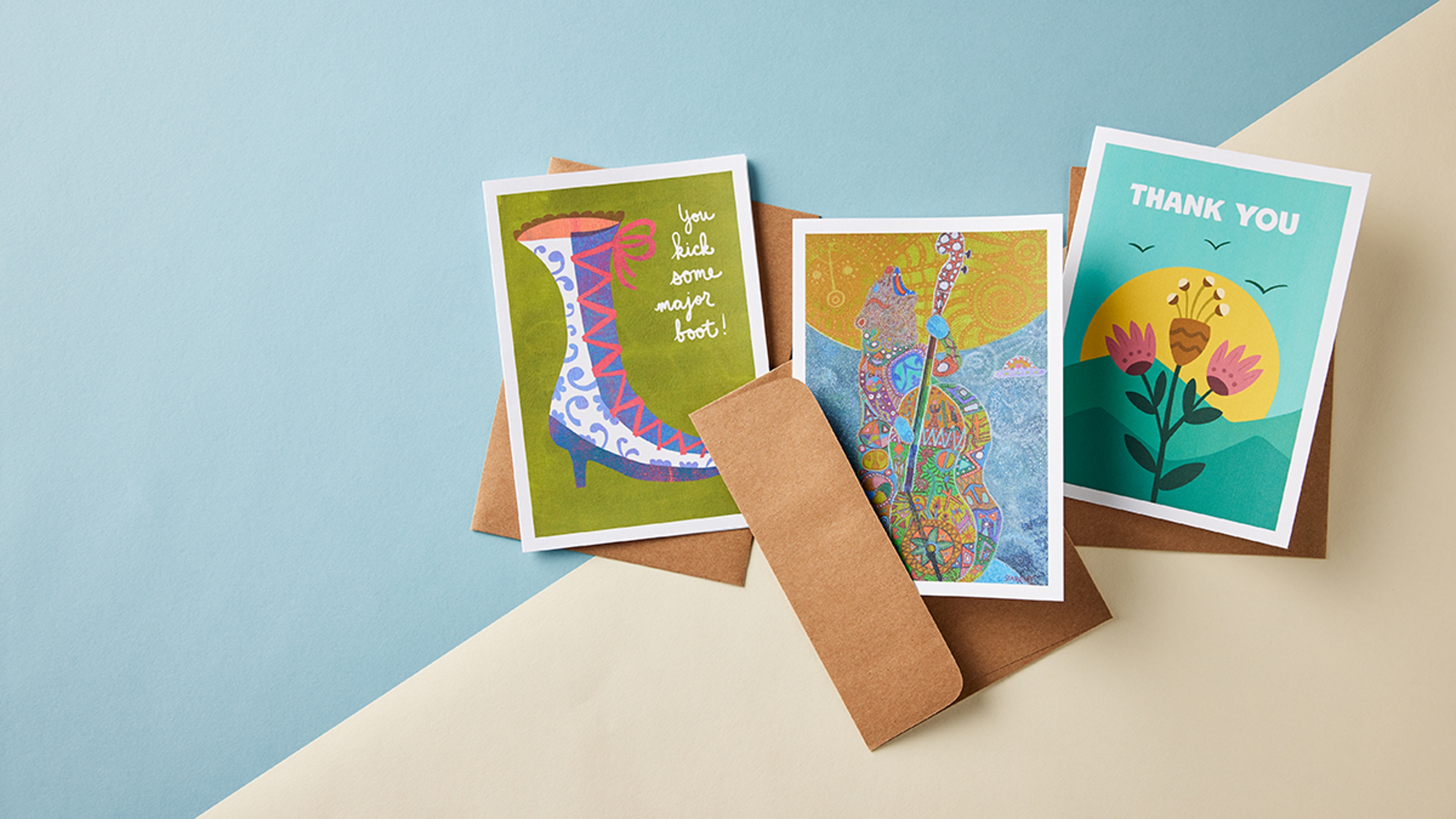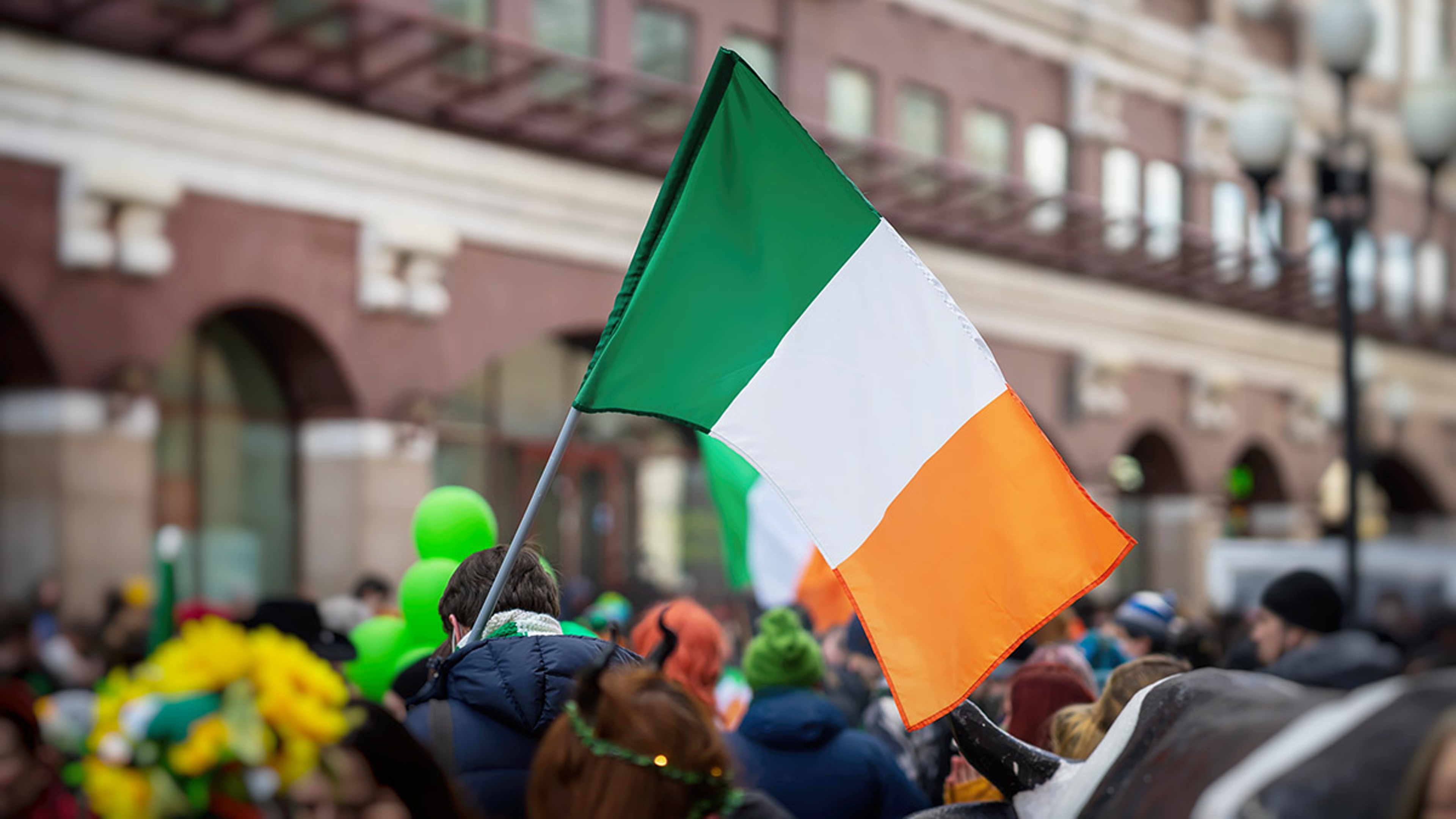A Brief History of the Brownie
An origin story that may make you say “Oh, fudge.”
Apr 04, 2025
The origin of brownies traces back to the United States in the late 19th century. The first known published recipe appeared in the 1898 Sears, Roebuck, and Co. catalog, though these early versions were more like molasses-flavored cake bars.
The modern chocolate brownie is believed to have been created in 1893 at the Palmer House Hotel in Chicago. Bertha Palmer, the wife of the hotel’s owner (Side note: The dude gave her the hotel as a wedding present!), requested the pastry chef make a portable dessert that could be served at the Chicago World’s Fair. (You certainly needed something to nosh on while viewing Professor Lewis Lindsay Dyche’s “Exhibit of Large North American Mammals.”) The result of Palmer’s request was a dense, chocolatey square topped with walnuts and apricot glaze — still served at the Palmer House today.

Brownies gained popularity in the early 20th century, with multiple cookbooks and newspapers, most notably in New England, featuring various recipes. But other “origin” stories popped up as well. One of them takes place in Maine, where, legend has it, Mildred Brown “Brownie” Schrumpf, a home economics instructor at the University of Maine, was trying to bake a cake and forgot to add baking powder, resulting in a fudgy cake that didn’t rise. (One must wonder how someone with Ms. Schrumpf’s background can forget to add such an integral ingredient.) Her “creation” was known as “Bangor Brownies.” This recipe was found in cookbooks as early as 1904.
By the 1920s, brownies had become a staple dessert in American households. But their evolution and popularity across the United States had just begun.
In the 1930s, the availability of pre-packaged mixes from companies like Betty Crocker and Pillsbury made it easier for home bakers to whip up a batch of brownies quickly and conveniently with minimal effort. With the mixes including all the dry ingredients, such as flour, sugar, and cocoa powder, the baker just needed to incorporate the wet ingredients of eggs, oil, and water. The popularity increased after World War II, when home cooks demanded quick and easy meal solutions, and these brownie mixes ensured consistent results.
This period also saw the introduction of newer brownie recipes in cookbooks, each offering unique twists and variations. Some incorporated nuts, chocolate chips, peanut butter, and even marshmallows to create different textures and flavors.
In the mid-20th century, blondies emerged as a popular variation of brownies. Blondies have a unique texture that can be chewy, cakey, or fudgy, depending on the recipe and ingredients used. They are made without cocoa and are often flavored with brown sugar, giving them a lighter color and a sweeter, caramel-like flavor profile. They’re also made with a medley of flavor enhancers like vanilla, butterscotch, chips, and nuts.
Ingredients aside, blondies are also baked in a single pan and cut into squares, like brownies.
Today, brownies are enjoyed across the globe, with countless variations to suit different tastes. They’ve also made their way into other desserts, transforming sundaes and cheesecakes, giving them an even more enduring appeal.
Whether simple or decadent, brownies in any form are a decadent treat beloved by all.














